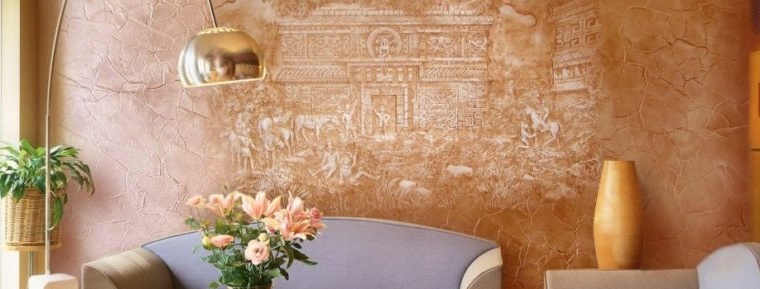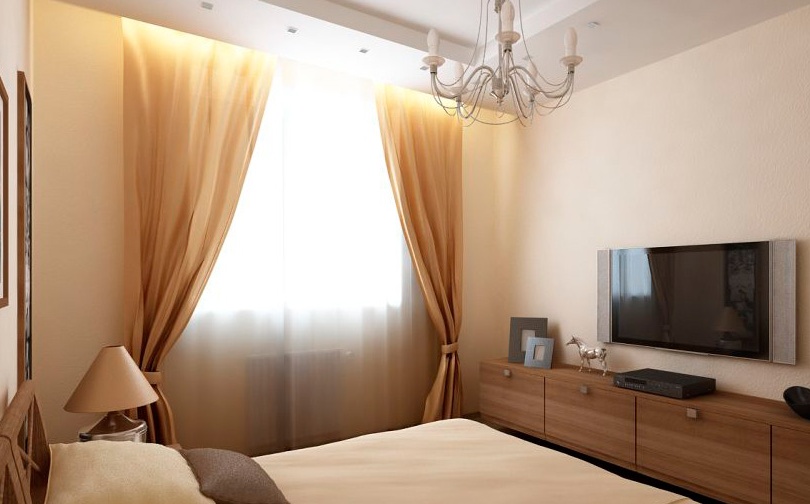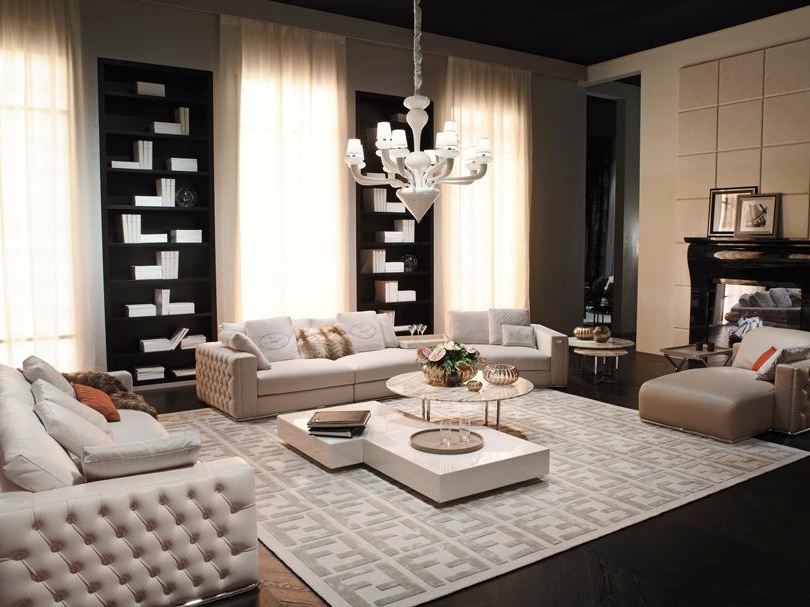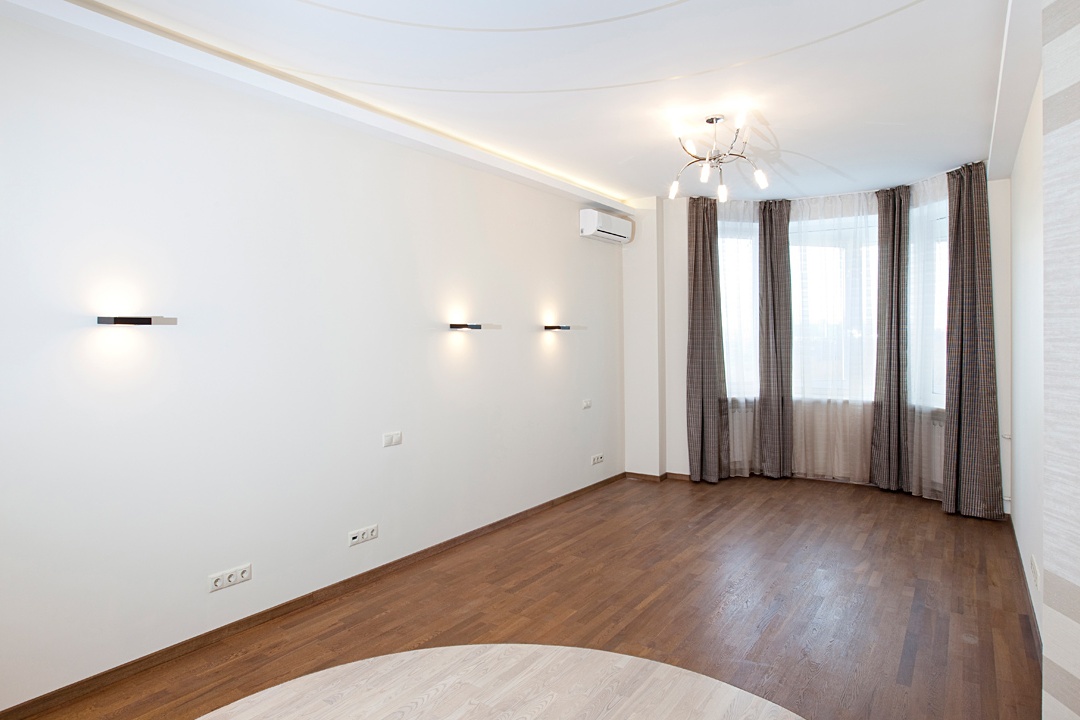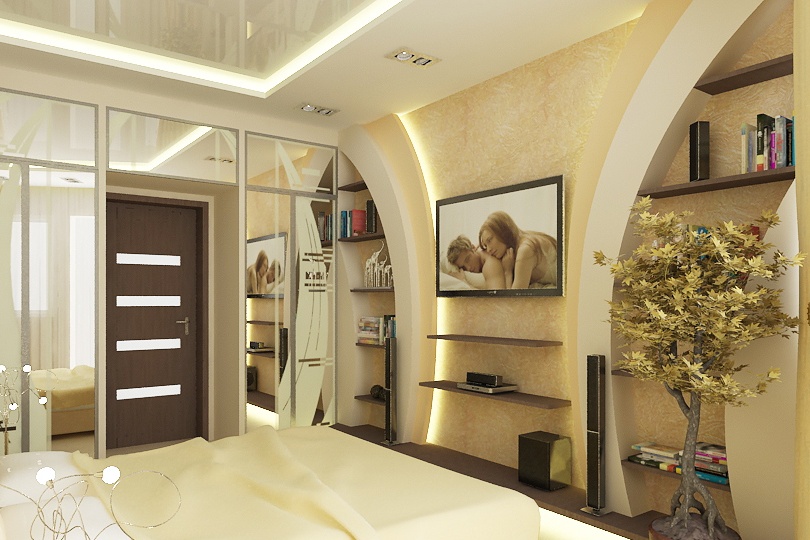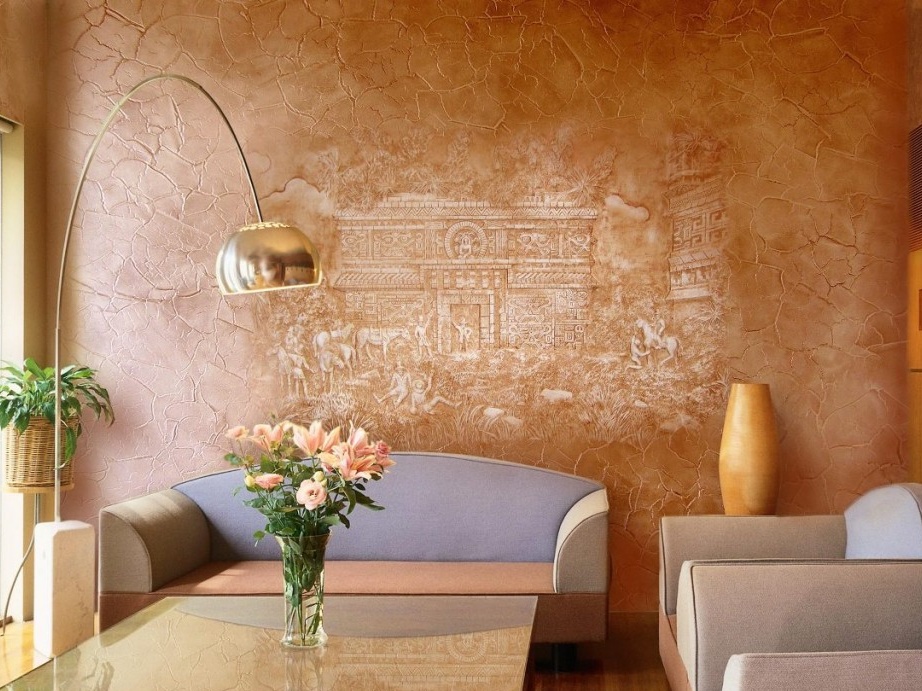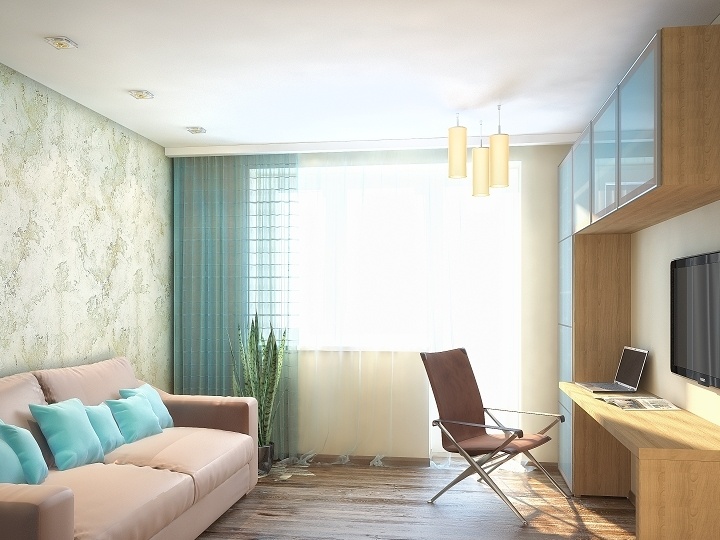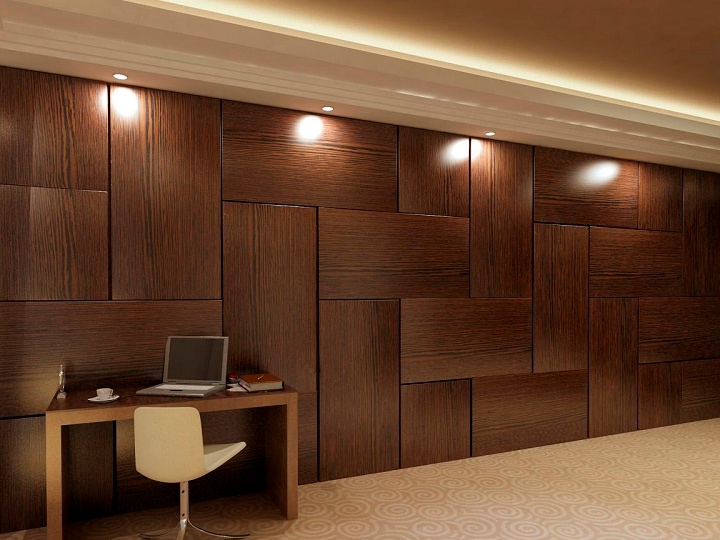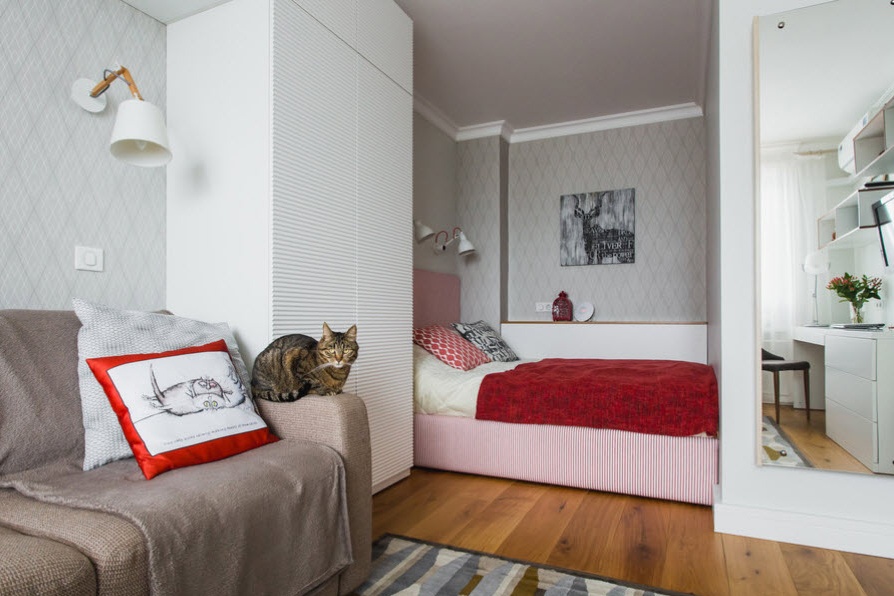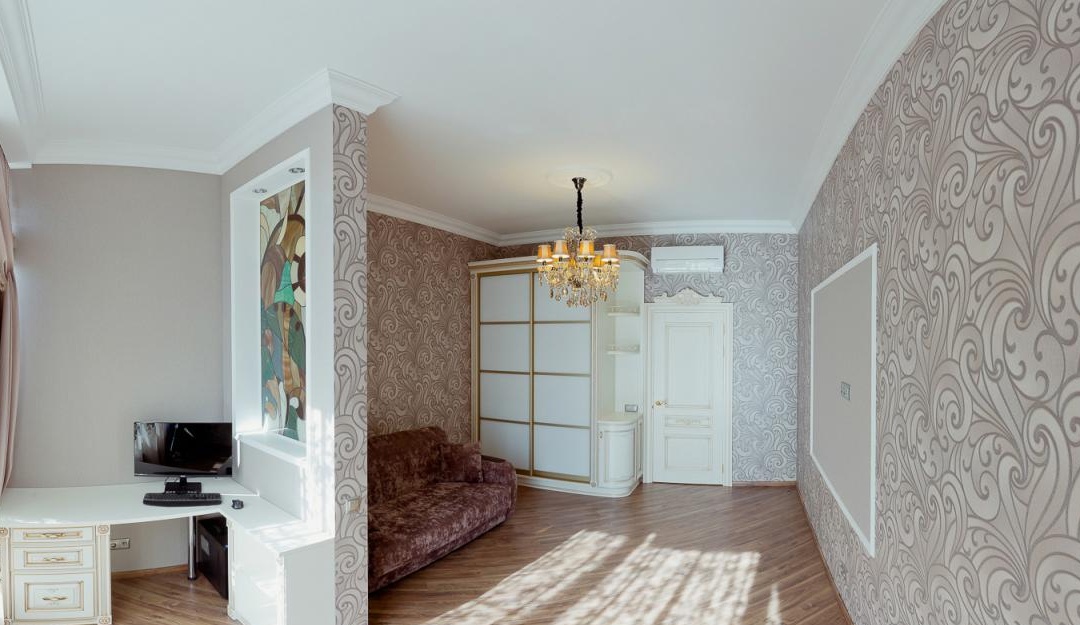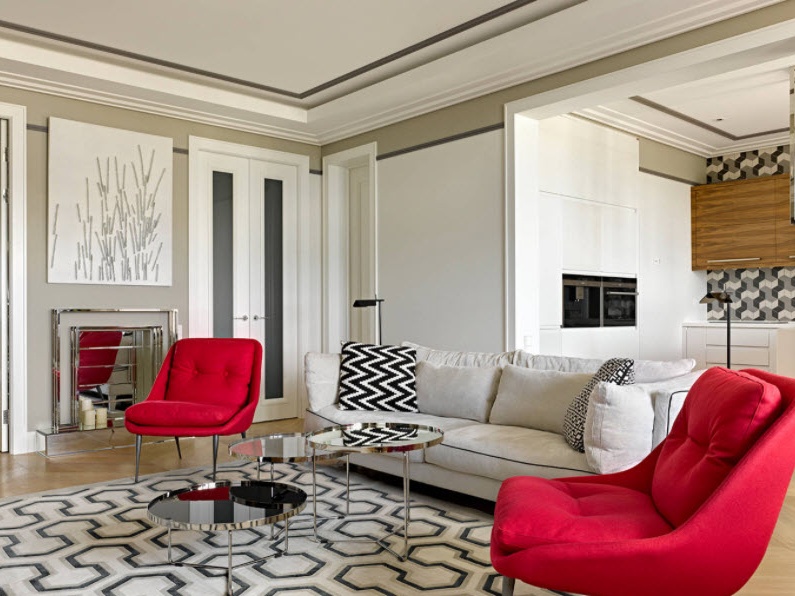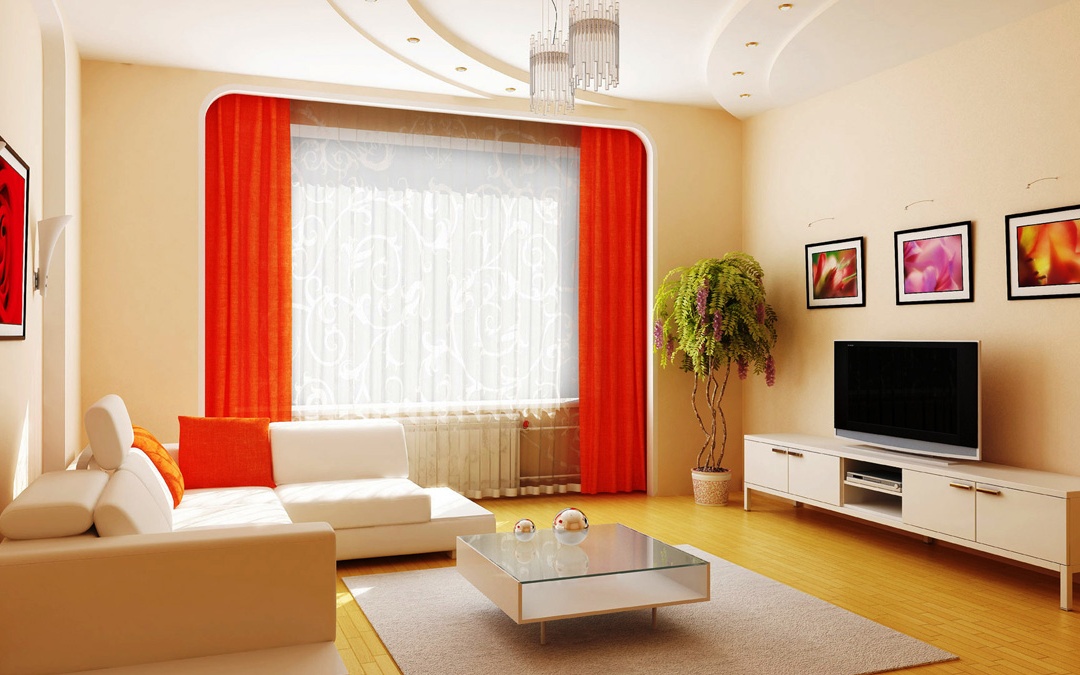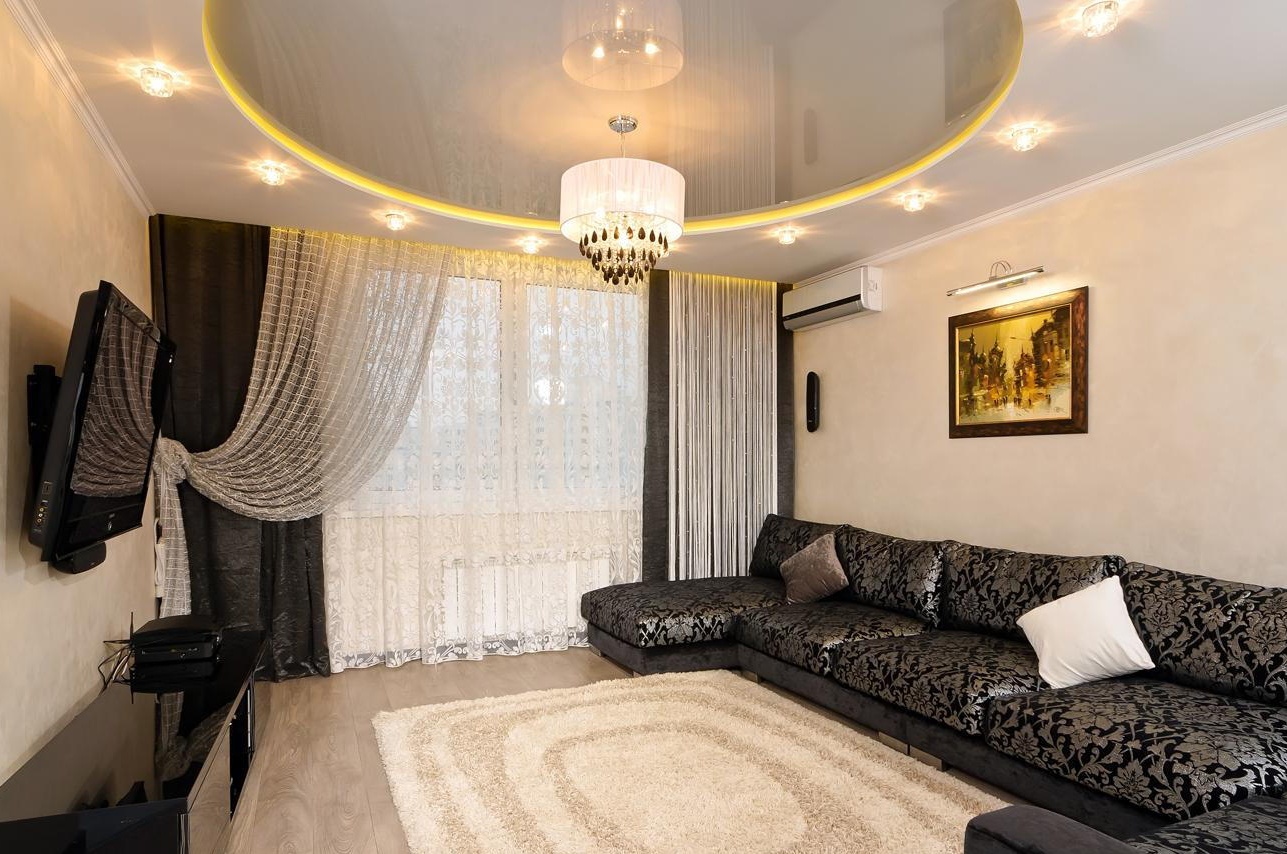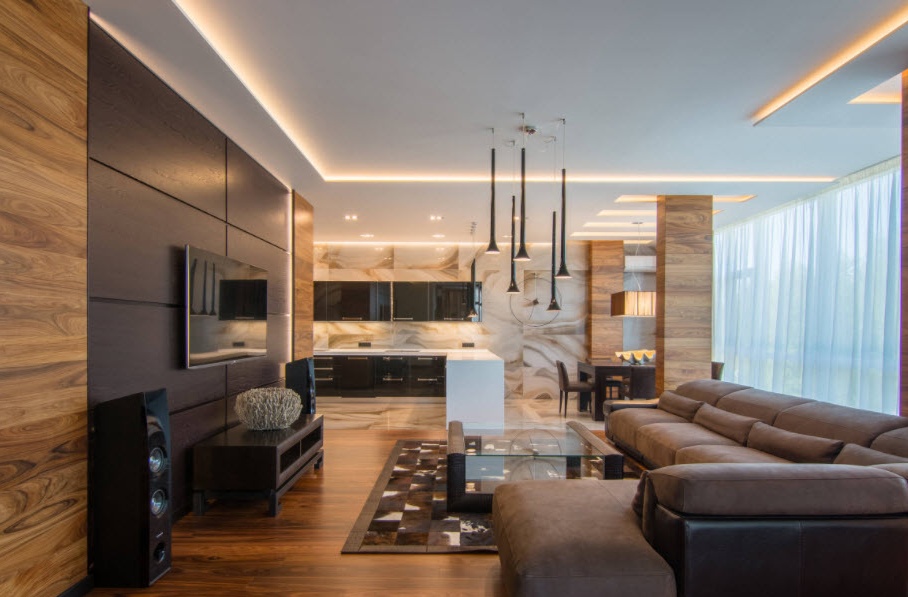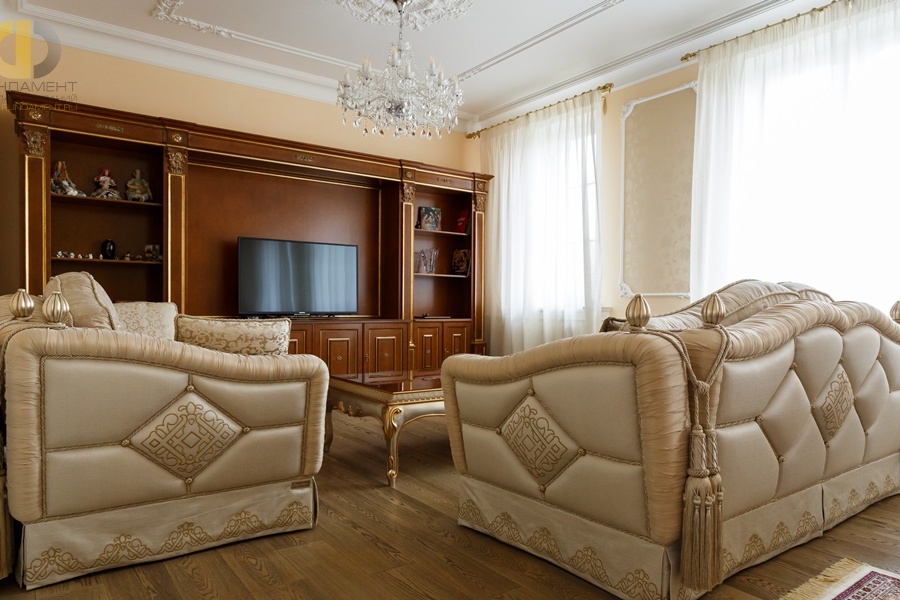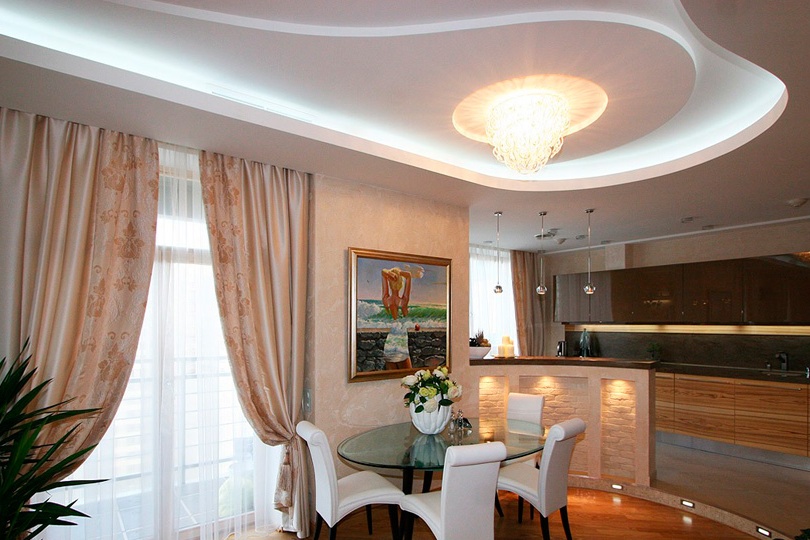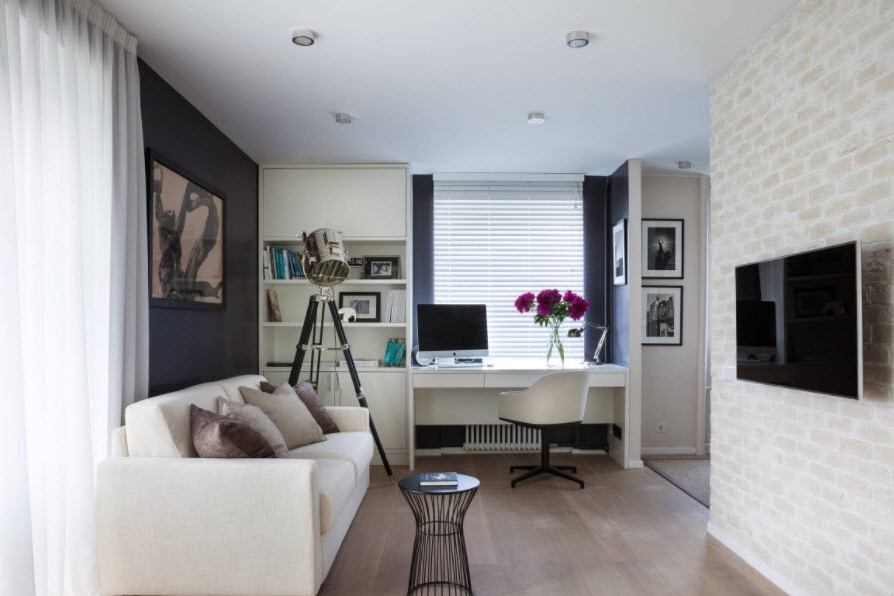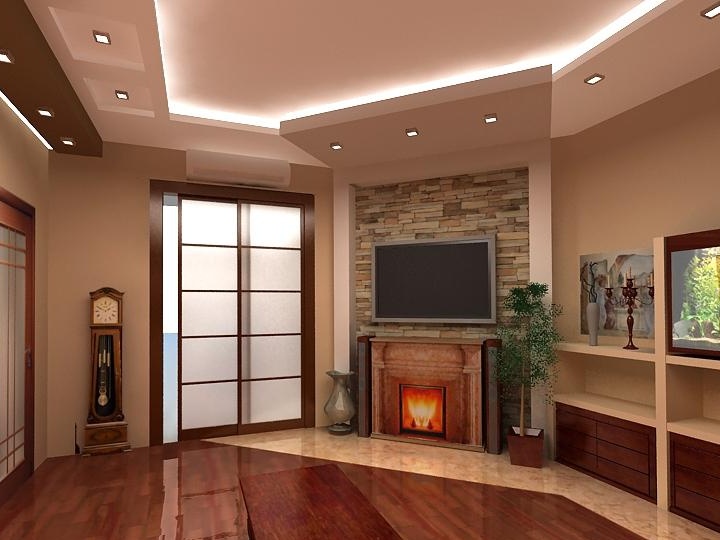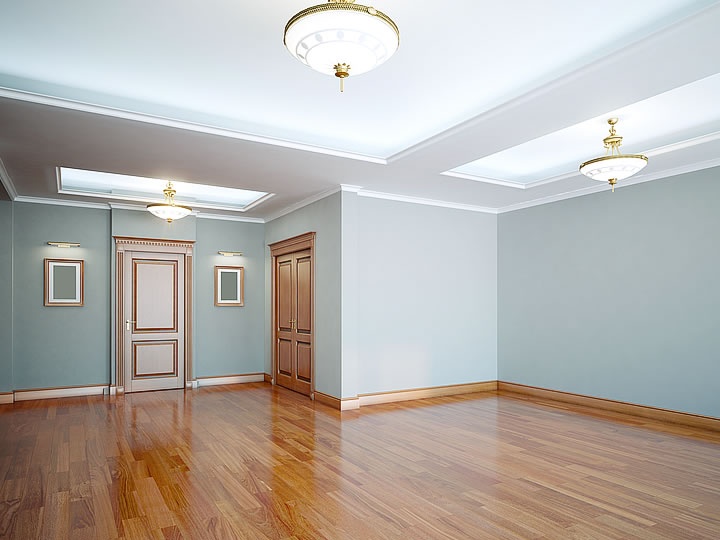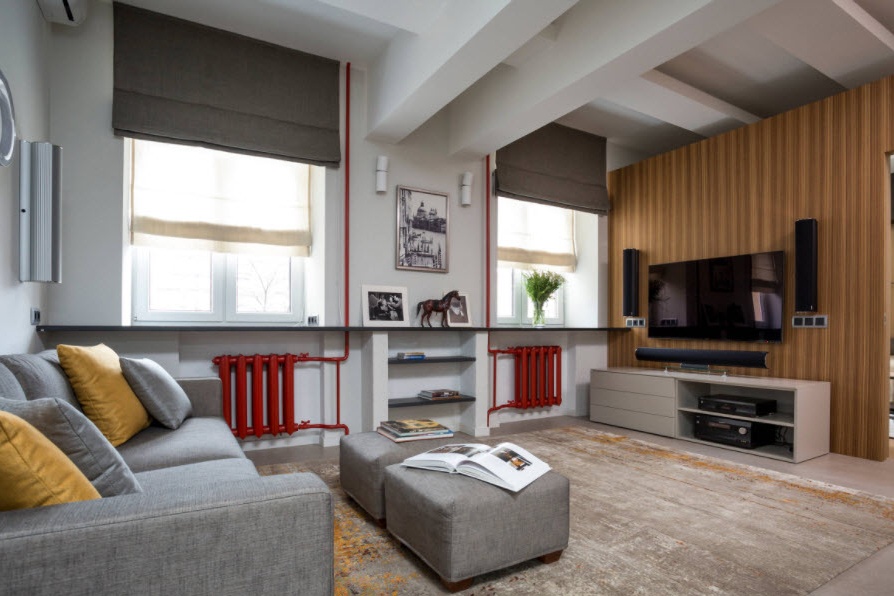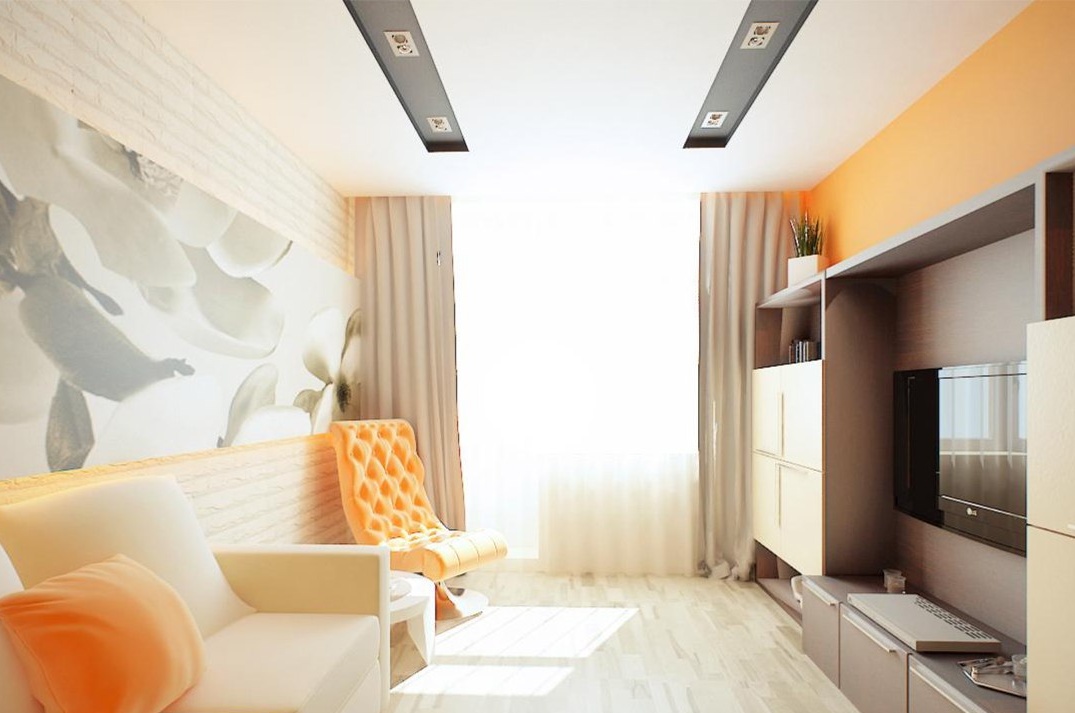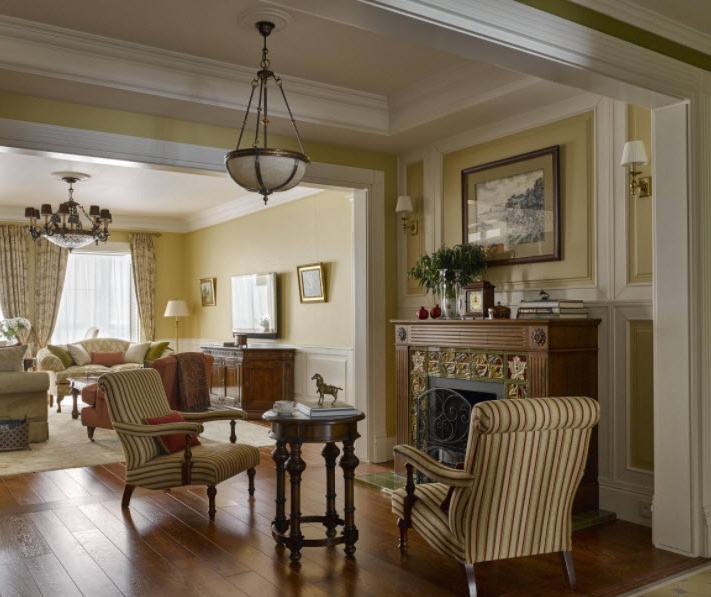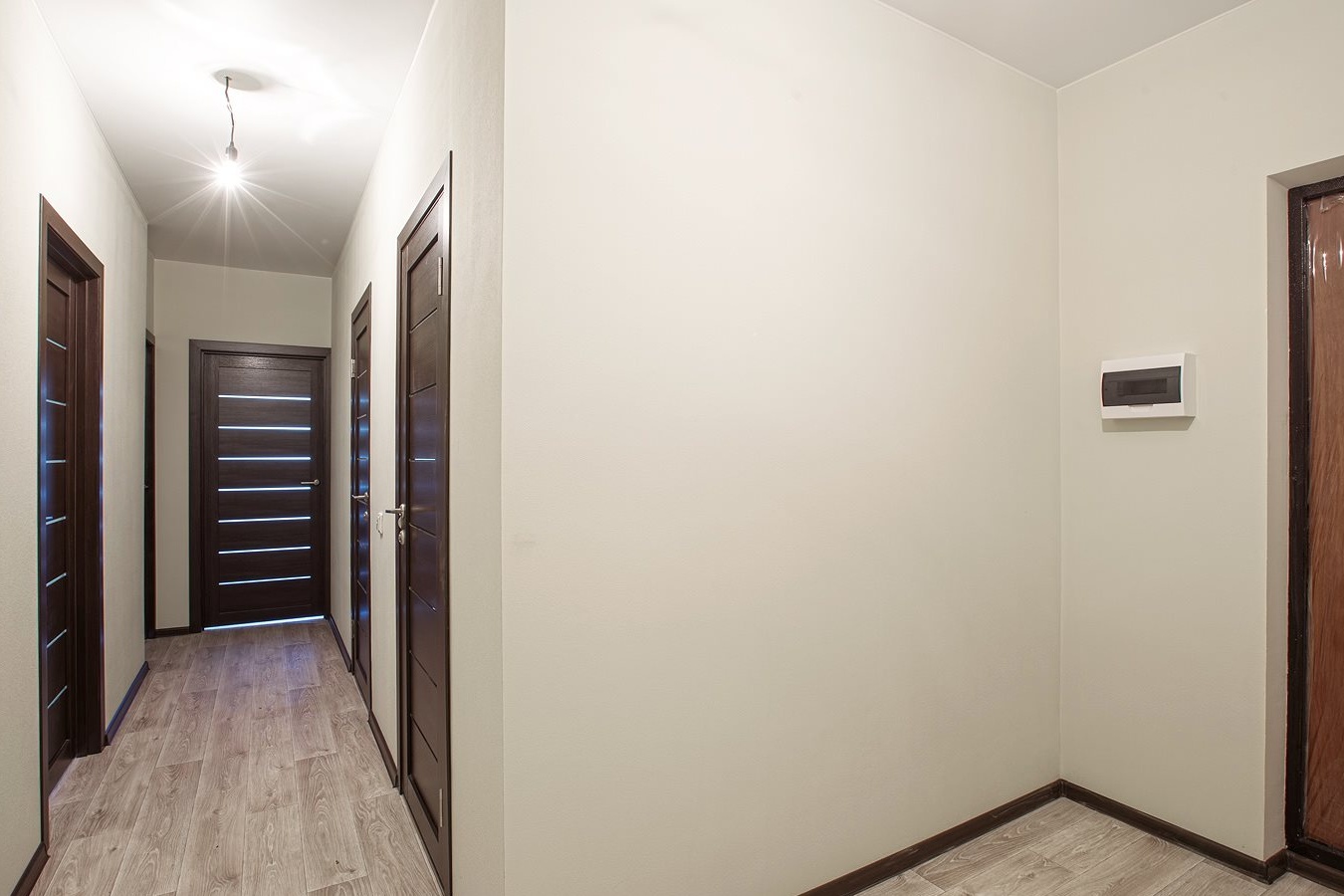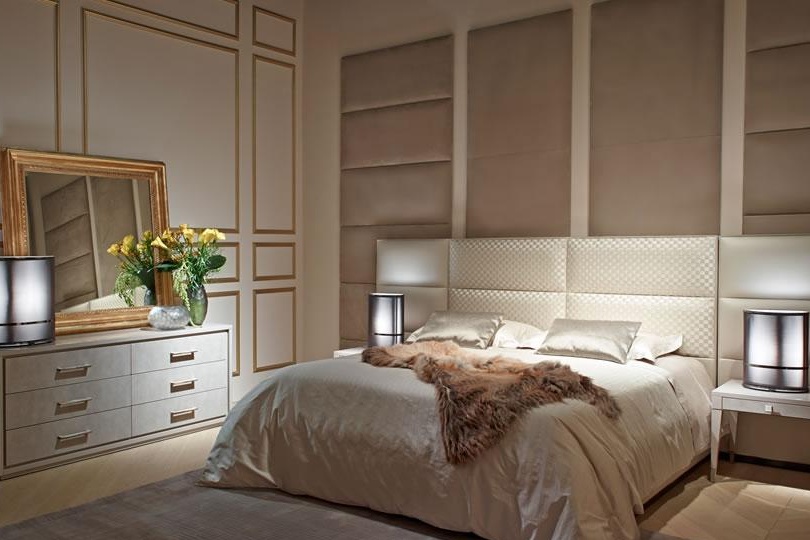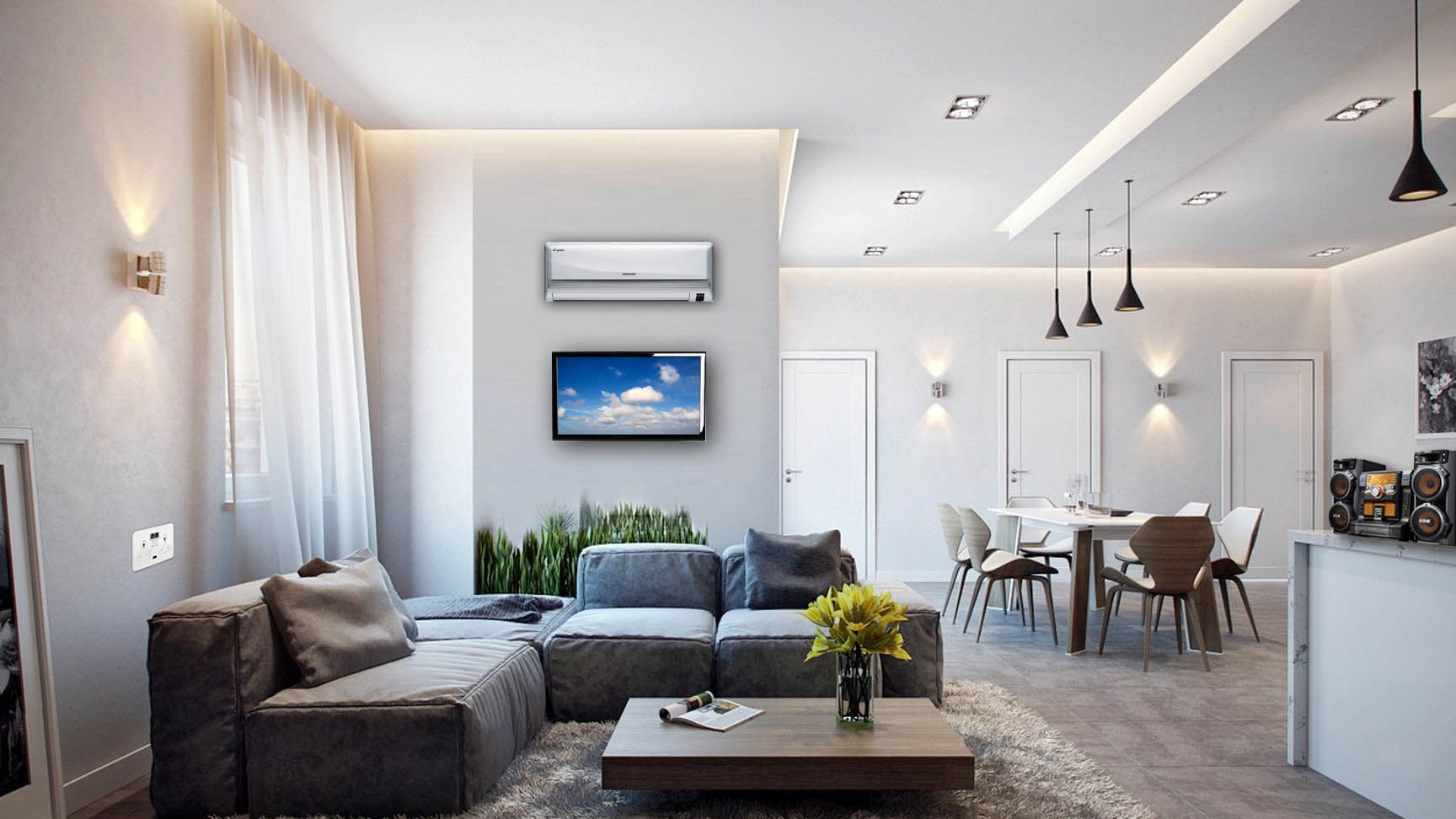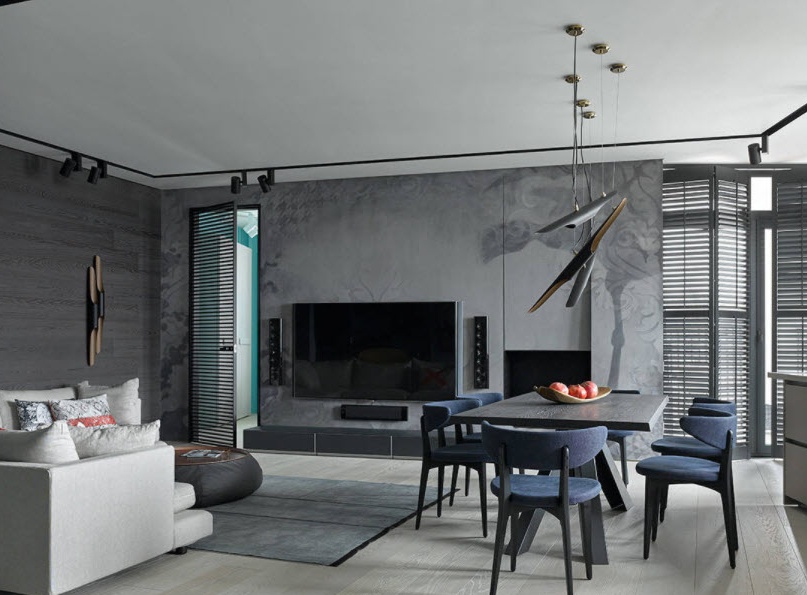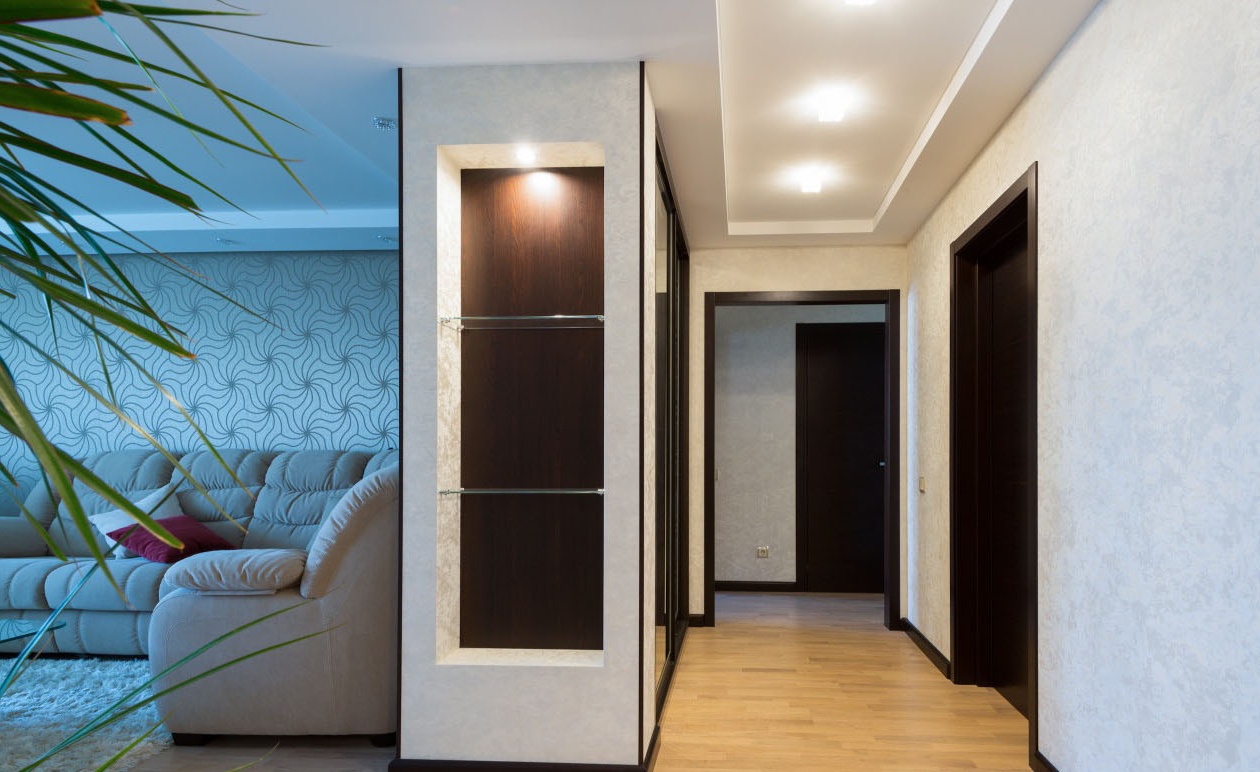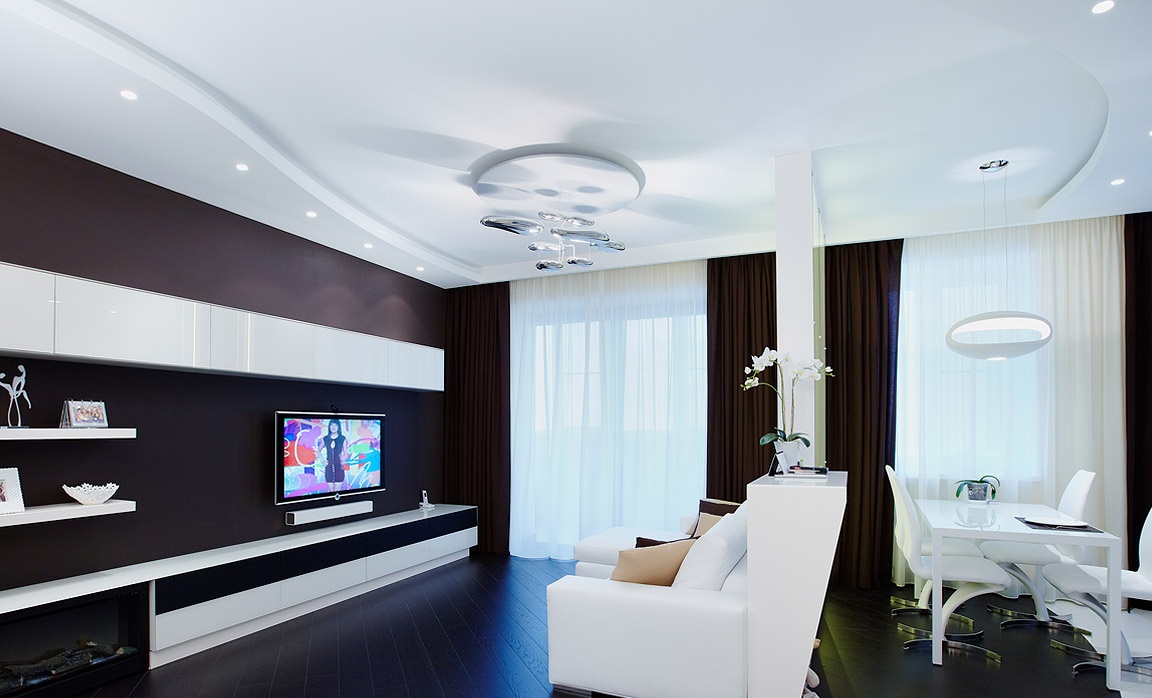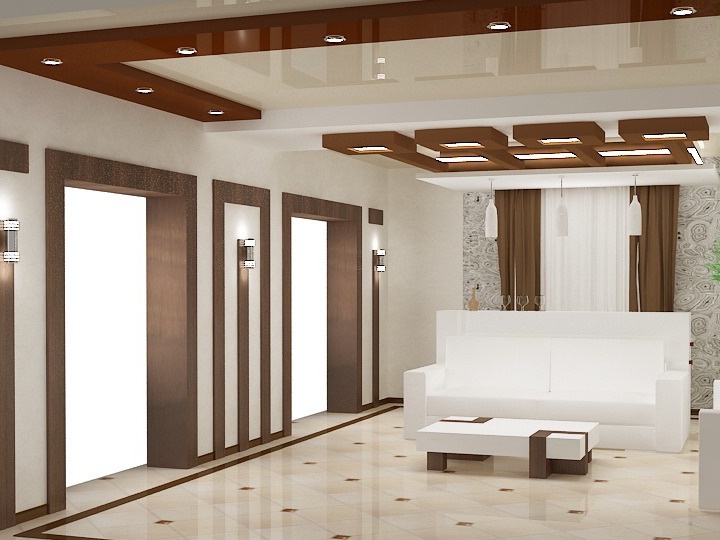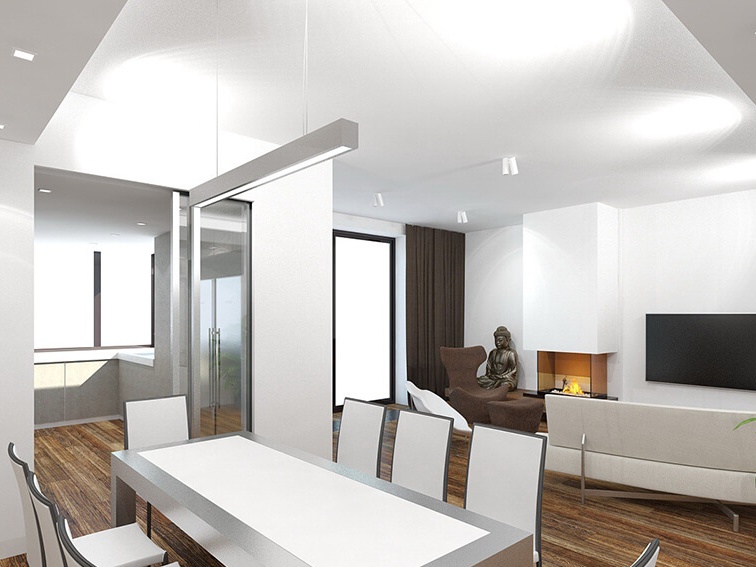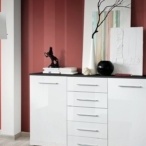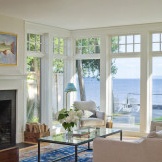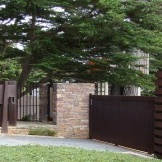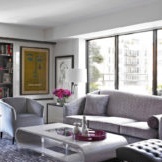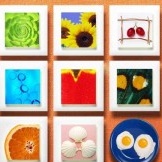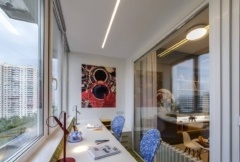Decoration of the apartment: features, ideas and new design
An apartment is a place where people return from work, where they spend time with family, friends or loved ones. It is in your apartment that the main part of a person’s life passes, which means that you need to make high-quality repairs so that it is always pleasant and cozy.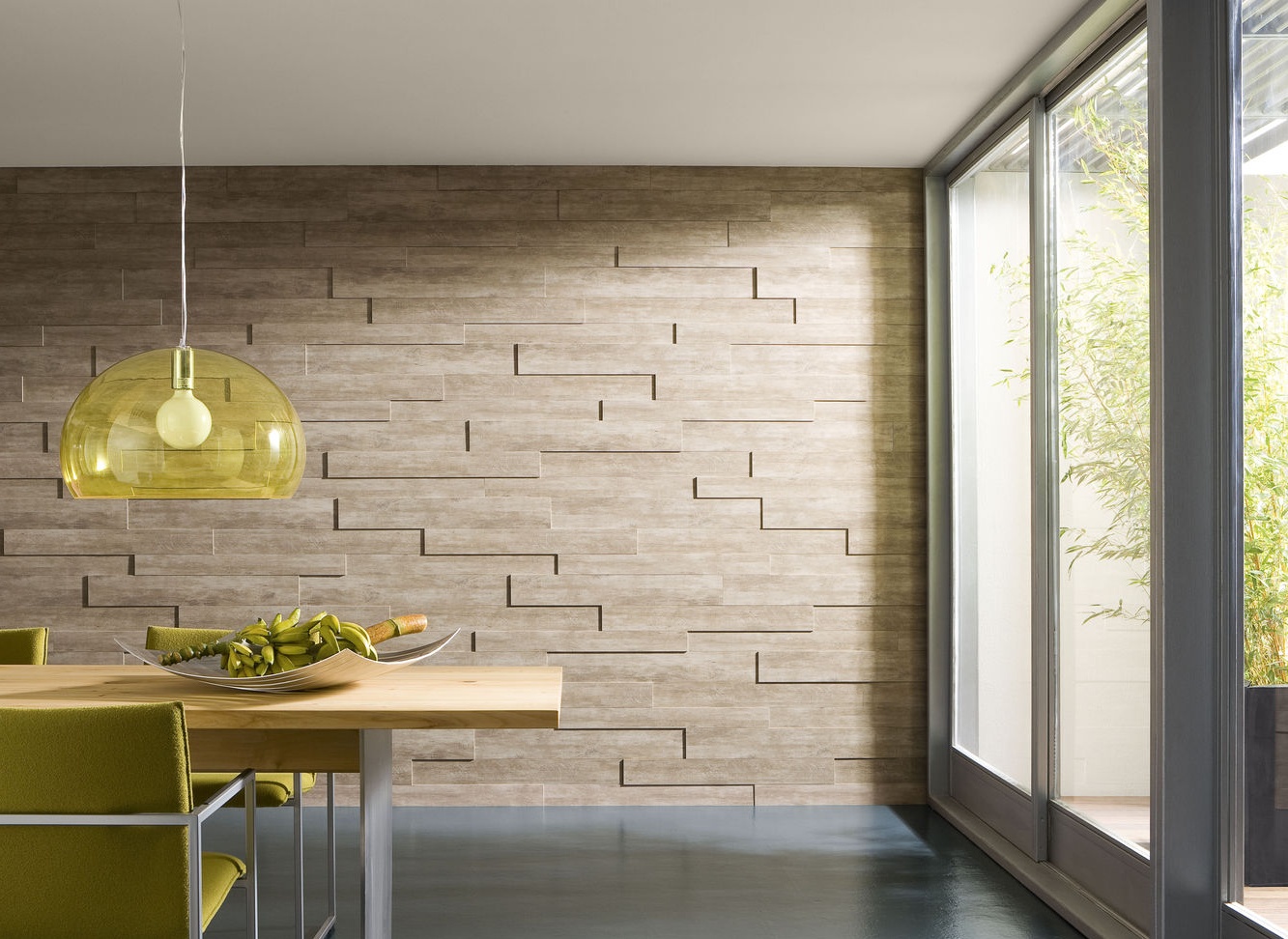
Material selection
If you choose the wrong materials, then in the end it will turn out not a convenient and cozy home, but an atmosphere that will quickly begin to annoy and ultimately everything will have to be redone. Before choosing a color scheme for walls, floors and ceilings, you need to develop a project, choose furniture. If the furniture will have bright elements, it is better to make the walls pastel, if the furniture will be in soothing colors, then you need to create something bright and interesting when decorating the walls. The main thing is that in the interior of a single room there should be no more than 4 colors, it is best that they all be of the same spectrum.
Color schemes that are typical for individual rooms:
- Kitchen. It should be a bright and juicy place that will cause appetite. It is best to use light and bright colors, red and its shades. You can also combine 2 bright colors.
- Living room. Here you can use two options: calm tones with bright accents or a combination built on the contrast of two opposite colors.
- Bedroom. The main thing is that the main background is calm, it is better to use pale tones (pink, sand, coffee). For more active people, you can make bright accents, but you should not be zealous, because here a person sleeps and rests.
- Hallway Light colors, mirror and glossy surfaces are used.
- Children’s. Blue or pink tones that can be varied in orange, blue, red or orange.
Drywall
Before decorating the interior of the apartment, you need to carry out a rough finish with drywall. Advantages of use:
- Perfectly smooth walls.
- Cheap material.
- Easy to install, you can install yourself.
- Communications are hiding in the wall.
- The possibility of constructing decorative elements.
Depending on the type of room, different types of material are selected:
- Normal - for dry and heated rooms.
- Moisture resistant - for the kitchen, bathroom or toilet.
- Fireproof - used in places where there are fire safety requirements.
Decorative plaster
Using decorative plaster, you can create an original interior that will look very interesting and presentable. The owner decides what the interior will be, and a number of advantages of the material are simply amazing, because it can be attributed to it:
- Correction of the walls.
- Improved sound insulation, improved heat dissipation. Additional insulation can be omitted.
- Fungus, mold does not appear, is not afraid of a high level of humidity.
- It is possible to carry out independent installation and correction (if necessary).
Types of finishes:
- Textured. It can make walls more voluminous, flexible, able to imitate other materials.
- Structural. It has mineral inclusions, which create the appearance of an old surface, is distinguished by original irregularities.
- Venetian. Makes the interior original, unique.
- Liquid wallpaper is a simple option that runs independently.
- Bayramiks - plaster, which includes marble chips, has a high level of quality.
Wall panels
Types of wall panels:
- Wood-shaving. Ideal for rooms with limited space, best used for a corridor or hallway. Installation of the material is carried out independently, and its price will pleasantly surprise you.
- Tree. Natural wood species can create a refined interior, decoration will give the room respectability.
- PVC panels.They are characterized by moisture resistance and a long service life, but they also have a drawback - artificiality.
- MDF panels. Universal type of material with high-quality heat and sound insulation.
- Fiberboard - a large selection of colors, able to decorate any dry room.
- Glass panels - are used as partitions.
- Gypsum vinyl - vinyl is used instead of cardboard, suitable for decorating a studio apartment.
Tile
Tiles are used to decorate the bathroom, toilet and kitchen. All of these rooms have a high level of humidity. The choice of tiles is very large, however, they all differ only in quality and size. You need to choose the material, starting from three basic rules:
- For small rooms, you need to use only light colors, which will visually increase the room.
- Glue is selected depending on the type of tile purchased.
- The tile must have strict geometric shapes.
Wallpaper
Choosing a wallpaper you need to focus on the fact that each of the materials has its own number of features:
- Paper - a natural type of wallpaper that will decorate any room.
- Vinyl - a synthetic material with a long service life, can be painted.
- Non-woven - a mixture of cellulose and synthetic fiber.
- Textile - natural, the basis includes linen and cotton.
- Metallized - a two-layer structure, one of the layers is aluminum, protects against radiation technology.
- Fiberglass is a durable material that can be painted.
Painting
Painting is the most optimal and fastest way to change the interior, the cost of which is small. When decorating the premises with paint, you need to take into account its features and characteristics, in addition, you need to know which group this or that paint belongs to.
Groups:
- Enamel - dry within one day, they can be used immediately.
- Oil - for breeding used drying oil, dry for a very long time.
- Adhesive - include polymer solutions.
- Aqueous emulsion - not allergens, dry quickly.
Floor and ceiling
The materials that are used for flooring and their advantages:
- Ceramic tile - used in the bathroom, kitchen and hallway. Resistant to moisture and temperature extremes. It is often installed with a “warm floor” system.
- Parquet is an environmentally friendly material that can last for many years. Suitable for all interior styles, updated by cycling.
- Laminate is an artificial material that imitates parquet. It has a low price, however, and the service life is short.
- Carpet - has a wide color spectrum, creates comfort, but is very demanding in care.
- Linoleum is an inexpensive and versatile material.
When decorating the ceiling, it is important to consider one nuance - it should be at least two shades lighter than the floor. Ceiling finishes:
- Whitewashing is a cheap but impractical option.
- Painting is more reliable than the first option, but preparatory work needs to be done.
- Stucco molding is an ideal option for a studio apartment with high ceilings.
- False ceilings - hide the disadvantages of the ceiling.
- Tension - reduce the size of the room, hide defects, are resistant to moisture.
- Multilevel ceilings - an original option that will make the apartment unique.

